With new technologies revolutionizing data collection, wildlife researchers are becoming increasingly able to collect data at much higher volumes than ever before. Now we are facing the challenges of putting this information to use, bringing the science of big data into the conservation arena. With the help of machine learning tools, this area holds immense potential for conservation practices. The applications range from online trafficking alerts to species-specific early warning systems to efficient movement and biodiversity monitoring and beyond.
However, the process of building effective machine learning tools depends upon large amounts of standardized training data, and conservationists currently lack an established system for standardization. How to best develop such a system and incentivize data sharing are questions at the forefront of this work. There are currently multiple AI-based conservation initiatives, including Wildlife Insights and WildBook, that are pioneering applications on this front.
This group is the perfect place to ask all your AI-related questions, no matter your skill level or previous familiarity! You'll find resources, meet other members with similar questions and experts who can answer them, and engage in exciting collaborative opportunities together.
Just getting started with AI in conservation? Check out our introduction tutorial, How Do I Train My First Machine Learning Model? with Daniel Situnayake, and our Virtual Meetup on Big Data. If you're coming from the more technical side of AI/ML, Sara Beery runs an AI for Conservation slack channel that might be of interest. Message her for an invite.
Header Image: Dr Claire Burke / @CBurkeSci

Explore the Basics: AI
Understanding the possibilities for incorporating new technology into your work can feel overwhelming. With so many tools available, so many resources to keep up with, and so many innovative projects happening around the world and in our community, it's easy to lose sight of how and why these new technologies matter, and how they can be practically applied to your projects.
Machine learning has huge potential in conservation tech, and its applications are growing every day! But the tradeoff of that potential is a big learning curve - or so it seems to those starting out with this powerful tool!
To help you explore the potential of AI (and prepare for some of our upcoming AI-themed events!), we've compiled simple, key resources, conversations, and videos to highlight the possibilities:
Three Resources for Beginners:
- Everything I know about Machine Learning and Camera Traps, Dan Morris | Resource library, camera traps, machine learning
- Using Computer Vision to Protect Endangered Species, Kasim Rafiq | Machine learning, data analysis, big cats
- Resource: WildID | WildID
Three Forum Threads for Beginners:
- I made an open-source tool to help you sort camera trap images | Petar Gyurov, Camera Traps
- Batch / Automated Cloud Processing | Chris Nicolas, Acoustic Monitoring
- Looking for help with camera trapping for Jaguars: Software for species ID and database building | Carmina Gutierrez, AI for Conservation
Three Tutorials for Beginners:
- How do I get started using machine learning for my camera traps? | Sara Beery, Tech Tutors
- How do I train my first machine learning model? | Daniel Situnayake, Tech Tutors
- Big Data in Conservation | Dave Thau, Dan Morris, Sarah Davidson, Virtual Meetups
Want to know more about AI, or have your specific machine learning questions answered by experts in the WILDLABS community? Make sure you join the conversation in our AI for Conservation group!
- 0 Resources
- 0 Discussions
- 4 Groups
- 0 Resources
- 0 Discussions
- 7 Groups
Background in sustainable development + data science, AI for bioacoustics (BSc Cooperation and Development, Italy; MSc data science, Sweden)



- 0 Resources
- 17 Discussions
- 4 Groups
- @lvgliarose
- | she/her
Bat Conservation Trust
Research Manager at Bat Conservation Trust
- 0 Resources
- 8 Discussions
- 12 Groups
- @Ebennitt
- | She/her
Working primarily in Botswana and other southern African countries, on wild mammal movement, ecology and physiology
- 0 Resources
- 4 Discussions
- 5 Groups
- @sehuebner
- | she/her
Wildlife Ecologist and Program Manager at the Smithsonian Institution
- 0 Resources
- 3 Discussions
- 9 Groups
I have mixed experiences from 20+ years doing SATCOM and other IT roles with the US Army. I also have 4 years experience working in the marine environment doing forage fish spawning research. My goal is to advance my abilities in AI to bring into the realm of wildlife research.
- 0 Resources
- 0 Discussions
- 5 Groups
- @jguenter
- | he/him/his
Species360 CEO - passionate about using data to care for and conserve species
- 0 Resources
- 0 Discussions
- 5 Groups
I have worked in the vertebrate pest industry for over 11 years and am on the practical, on the ground implementation of AI animal control systems.
- 0 Resources
- 0 Discussions
- 1 Groups
- @steventay
- | TAY
Dynamique ET PROACTIF, JE SUIS PASSIONNÉ PAR LA PROTECTION DE L'ENVIRONNEMENT, LE TOURISME RESPONSABLE ET LA CONSERVATION DES ÉCOSYSTÈMES.
- 0 Resources
- 0 Discussions
- 8 Groups
- @Aurel
- | She/Her
Looking to reconcile biodiversity conservation and finance.

- 0 Resources
- 0 Discussions
- 10 Groups
- @Kyle_Birchard
- | He/Him
Building tools for research and management of insect populations
- 0 Resources
- 0 Discussions
- 6 Groups
JICA, Japan’s International Cooperation Agency is seeking a digital partner with a proven track record in conservation technology as we launch a pilot project to test technologies to mitigate human-elephant conflict in...
19 June 2023
If you are passionate about making a difference in the world, enthusiastic about biodiversity, and excited about the potential of AI, check out this role!
15 June 2023
Job opportunity in Leiden, The Netherlands
9 June 2023
As we celebrate World Oceans Day this month, we are reminded that addressing climate change will take more than any one organization. It will require companies, governments, NGOs and communities, all working together,...
9 June 2023
This May, AI for the Planet Alliance announced the Winners and Finalists for its 2022 call for solutions focused on advancing promising AI solutions that combat climate change and we think you should check them out!
25 May 2023
In this Conservation Tech Showcase case study from Happywhale, you’ll learn about how AI tools are helping researchers and citizen scientists identify and protect humpback whales.
16 May 2023
The new role will support the growth of BioSciences’ new People and Nature Laboratory at UCL East through conducting cross-disciplinary research, teaching, outreach, and entrepreneurial activities in applied ecological...
16 May 2023
Are you using or creating tech to protect wildlife? We want to support your organization through two $15,000 grants!
15 May 2023
How can you use tools like photo quadrats, AI, and MERMAID together? We share an example overview of how WCS Staff in Mozambique use image classification tools with MERMAID to integrate photo quadrat and other coral...
12 May 2023
We've now wrapped our 2023 AI for Conservation Office Hours, where we helped conservationists connect with AI experts to get tailored expert advice on AI and ML problems in their projects
11 May 2023
Why you should know about Kenya-founded data analytics company - Gro Intelligence, arguably the largest funded tech startup within the African startup ecosystem and the only platform that brings together live, global...
5 May 2023
June 2025
event
July 2025
October 2025
event
event
November 2023
event
73 Products
Recently updated products
16 Products
Recently updated products
| Description | Activity | Replies | Groups | Updated |
|---|---|---|---|---|
| And I see now they can walk vertically up walls like Spider-Man. |
|
Camera Traps, AI for Conservation | 4 months 3 weeks ago | |
| Thank you for the comments. My team will be glad to have this added to the inventory. |
|
AI for Conservation | 4 months 3 weeks ago | |
| I added plain old motion detection because megadetector v5 was not working well with the smaller rat images and in thermal.This works really well: Also, I can see... |
|
AI for Conservation, Camera Traps | 4 months 4 weeks ago | |
| Hello WalterThanks for your input. I have achieved better results with the puc when hooking it up to a powerbank. Have got them set up to "recording only", and GPS to low power... |
|
Acoustics, AI for Conservation, Citizen Science, Sensors | 5 months 1 week ago | |
| great, this security cameras might be interesting for monitoring crop development and maybe other bigger pests like boars or some other herbivorous animals that could eventually... |
|
AI for Conservation, Camera Traps | 5 months 1 week ago | |
| In a recent call with researchers in Thailand. They have mentioned that they use passive chip readers to log data about chipped animals as they pass by. |
+12
|
AI for Conservation, Animal Movement | 5 months 2 weeks ago | |
| Seems like we should include some rotations in our image augmentations as the real world can be seen a bit tilted - as this cropped corner view from our fisheye at the zoo shows. |
+13
|
AI for Conservation, Camera Traps, Data management and processing tools | 5 months 2 weeks ago | |
| Bird Monitoring Data Exchange is a standard often used for birds data. |
+4
|
AI for Conservation, Data management and processing tools, Emerging Tech | 5 months 4 weeks ago | |
| Hey everyone!As you might have heard, BlueSky is on hype now, with millions of users migrating to it from X. Including the scientific world... |
|
AI for Conservation | 6 months ago | |
| Hi Zhongqi! We are finalizing our modelling work over the next couple of weeks and can make our work availabile for your team. Our objective is to create small (<500k... |
|
AI for Conservation, Camera Traps, Software Development | 6 months ago | |
| Hats off to your team for this absolute game-changing technology! We rescue stray and wild animals in Taiwan, and the bulk of our work is saving animals maimed by wire snares... |
+37
|
AI for Conservation, Drones, Emerging Tech, Human-Wildlife Conflict, Wildlife Crime | 6 months 1 week ago | |
| There's quite a few diy or prototype solutions described online and in literature - but it seems none of these have made it to market yet as generally available fully usable... |
|
AI for Conservation, Camera Traps, Human-Wildlife Conflict, Sensors | 6 months 1 week ago |
Tech Tutors: How do I get started using ML for my camera traps? Building Accurate Project-Specific Models
25 June 2020 12:02am
26 June 2020 2:32pm
Hi everyone!
We've now posted Sara's session to our youtube channel, and I've also popped it up the top of this thread.
The collaborative notes worked really well! I've now updated them to capture what happened in the chat - it should be a helpful companion to go alongside the recording. The notes have links, projects, and key discussions we saw in the chat, and summarise the questions Sara coverd in the discussion as well as the Qs we weren't able to get to (40mins overtime was our limit!). If your question was one of the outstanding ones and you'd like to have it answered, please drop it in the discussion below.
The notes now also have the participant check ins (such an awesome range of places, projects and interests!) - I'm sharing these as seeing what other people are doing might help you connect with each other. If you see someone you want to connect with, try and find them using our member direcyour people tab. If you can't, email Ellie and she will see if that person is happy to hear from you before connecting you.
Reminder, registration is open for Carlos' tutorial next week: How do I perform automated recordings of bird assemblages? Register here.
Thanks everyone!
Steph
2 July 2020 8:58pm
Great talk! I thoroughly enjoyed it. Some high schoolers have done small AI projects(s) and have interest in the wildlife.
What resources would you all suggest to further develop high schooler’s interest in AI?
How do I scale up acoustic surveys with Audiomoths?
25 June 2020 12:00am
How do I perform automated recordings of bird assemblages?
 Carlos Abrahams
Carlos Abrahams
19 June 2020 12:00am
How do I train my first machine learning model?
 Daniel Situnayake
Daniel Situnayake
9 June 2020 12:00am
How do I get started using Machine Learning for my camera traps?
9 June 2020 12:00am
Innovator Interview: Hack the Poacher
4 June 2020 12:00am
The Perfect Paw Print: Collecting Data with FIT
3 June 2020 12:00am
Competition: 2020 Hackaday Prize
26 May 2020 12:00am
WILDLABS Tech Tutors: Season One
19 May 2020 12:00am
Get To Know FIT
6 May 2020 12:00am
Competition: iWildCam 2020
4 May 2020 12:00am
Training Course: Quantitative Analysis of Marine & Coastal Drone Data
 Duke Marine Lab
Duke Marine Lab
29 April 2020 12:00am
Call for Submissions – Arm Research Summit 2020
24 April 2020 12:00am
WILDLABS Tech Hub: WWF PandaSat
13 April 2020 12:00am
Webinar 11PST 3/20 - Deep Learning for Airborne Tree Detection
17 March 2020 1:28am
17 March 2020 3:52pm
Thanks Ben. I'll see what I can do.
24 March 2020 9:57am
Hello Ben. Unfortunately I couldn't make it on Friday. It would be great if I could take a look at your slides. I'm interested in trying to count mangrove trees. I have some WorldView 2 data. Do you think I could use DeepForest for this?
31 March 2020 4:21am
DeepForest docs are here.
https://deepforest.readthedocs.io/
Welcome to have a look. My experience is that individual trees cannot be distinguished in satellite imagery. The coarest resolution we've had success with is 0.3m. However, the deepforest weights may still useful as a starting location. If there are visible objects in your image that you want to detect, collecting a few hundred training data samples and retraining the model for 2-3 epochs could be useful. See the link for details. Happy to help, submit issues on the github repo is something isn't clear/doesn't work. Everything is in dev.
WILDLABS Community Call Recording: Rainforest X-PRIZE
30 March 2020 12:00am
Open, challenging dataset for audio classification
27 March 2020 10:52am
27 March 2020 11:51am
Hi Radek,
I'm sure others can help here, but check out our recent virtual meetup (it'll be posted here in about an hour), the speakers - particularly Dave Watson - shared open datasets that might be what you're looking for.
Over on Twitter, Jesse Alston is collating a google sheet so that people can advertise data sets that grad students can use to finish theses. @arik 's reply here might be of particular interest: 'We have been recording 24/7 soundscapes in remote US locations like Yellowstone NP and rural central Wisconsin with multiple GPS synced recorders. Our goal is to study wolf and coyote vocalisations, but if anyone can make use of these data for their own studies, drop me a line!.'
Hope this helps!
Steph
27 March 2020 12:25pm
Steph, thank you so much for this, this is wonderful :) Really, really apreciate you sharing this with me :) Diving into all of the wonderful resources from you, thank you so very much for this!
Radek
Help collate list of Ecology/Conservation Data Sets for grad students
27 March 2020 12:07pm
Automated species detection from camera traps
30 January 2020 8:43am
25 March 2020 2:59pm
I see. Im interested and would like to help. I will need the images to train the network. As many as possible.
if you dont have them yet, try to find similar images preferably of the same species. I will use them to test the performance of the detection.
25 March 2020 6:49pm
I'm not familiar with camera traps, but there are a couple of options:
1) If the animals tend to cover most part of the image, then you can train a CNN classifier to distinguish between species (available with the keras-Tensorflow modules in Python)
2) If, however, the animals only cover a small part of the image (e.g. in the distance), it might be better to use an object detector (I've used YOLOv2 in the past for fish detection), which however is not that straightforward, especially with Python (I used MATLAB)
In any case, keras-Tensorflow classification with Python might be the most straightforward option for your goal. You should also certainly have a look at Google's Wildlife Insights platform which is specialized for species classification from camera trap images.
27 March 2020 10:33am
This can be done, happy to help :) But I think I need to understand the situation a little bit more.
Do you already have the data for training / inference? Do you have any example images with the species in them annotated? Say a still from the camera with a tiger and a csv file referencing that file and annotating that there is a tiger in the image?
Would you like someone to do the developing and training of the deep learning model for you? I work as an AI research engineer at the Earth Species project and I am also a part of a community of deep learning practitioners where we apply cutting edge research to various problems. Here you can check a little initiative I started a couple of days ago to teach people how to work with audio (there is a related forum thread but unfortunately it is in closed forums for the time being as it is associated with a course that is under way). My main point is this - if you have the data and would like someone to help you out on the modelling part, I can coordinate this.
Alternatively, if you cannot release the data, I can point you to materials that can get you started to carry out the work yourself.
WILDLABS Tech Hub: Poreprint
26 March 2020 12:00am
Webinar: Citizen Science Online
 SciStarter
SciStarter
26 March 2020 12:00am
Enter the Zooniverse: Try Citizen Science for Yourself!
18 March 2020 12:00am
Tutorial: Train a TinyML Model That Can Recognize Sounds Using Only 23 kB of RAM
16 March 2020 12:00am
Accepting Applications: ArcGIS Solutions for Protected Area Management
4 March 2020 12:00am
Call for Nominations: Tusk Conservation Awards
3 March 2020 12:00am
Competition: Plastic Data Challenge
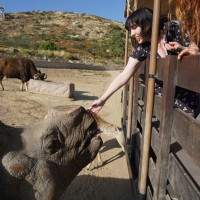 Ellie Warren
Ellie Warren
3 March 2020 12:00am
Hawai'i Conservation Conference
 Hawaiʻi Conservation Alliance
Hawaiʻi Conservation Alliance
28 February 2020 12:00am
Competition: The Artisanal Mining Grand Challenge
26 February 2020 12:00am
Listening to Nature: The Emerging Field of Bioacoustics
24 February 2020 12:00am
Team for Building of ML app for horse identification and conservation
20 February 2020 11:09pm



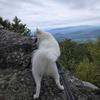



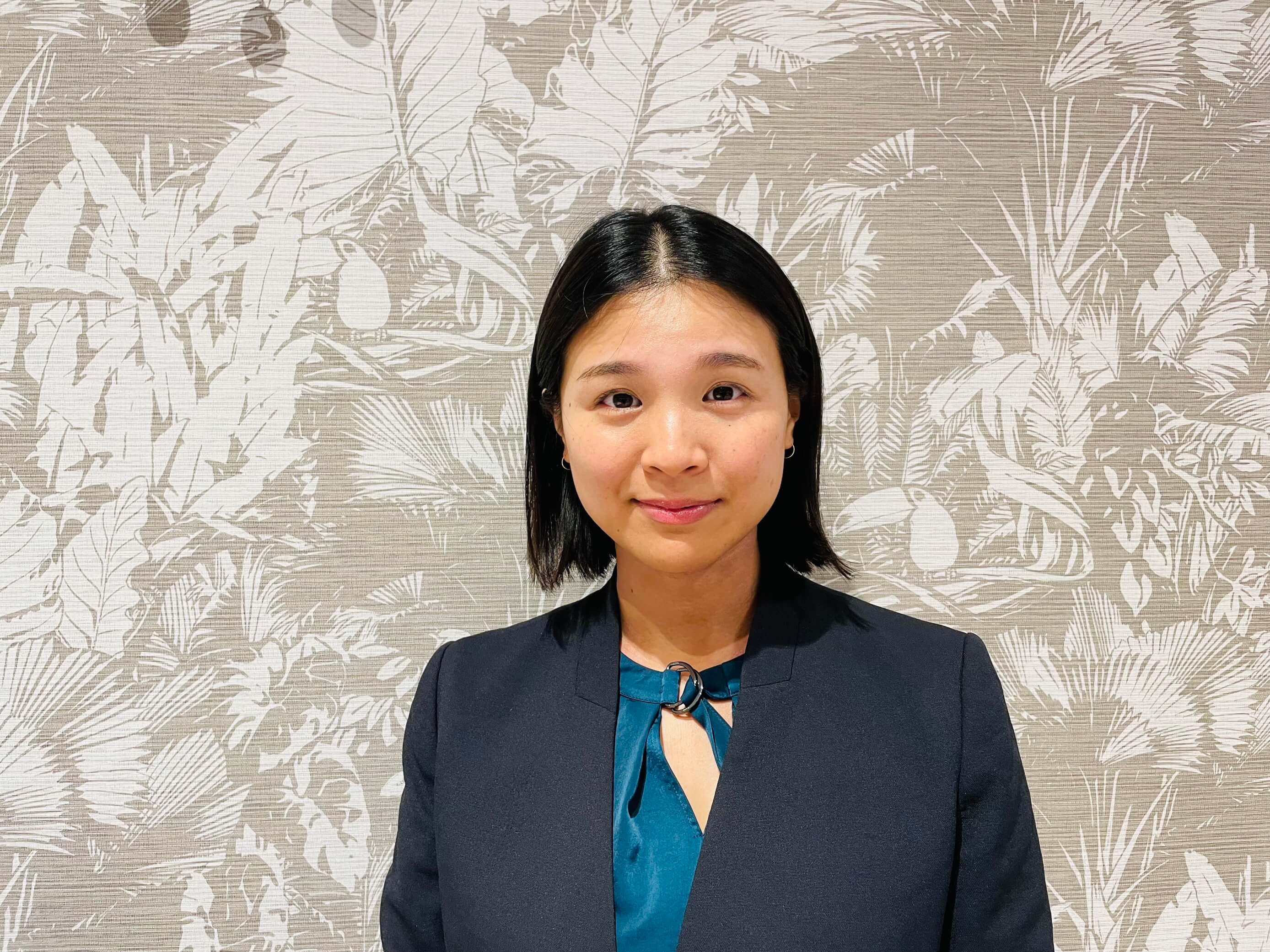
















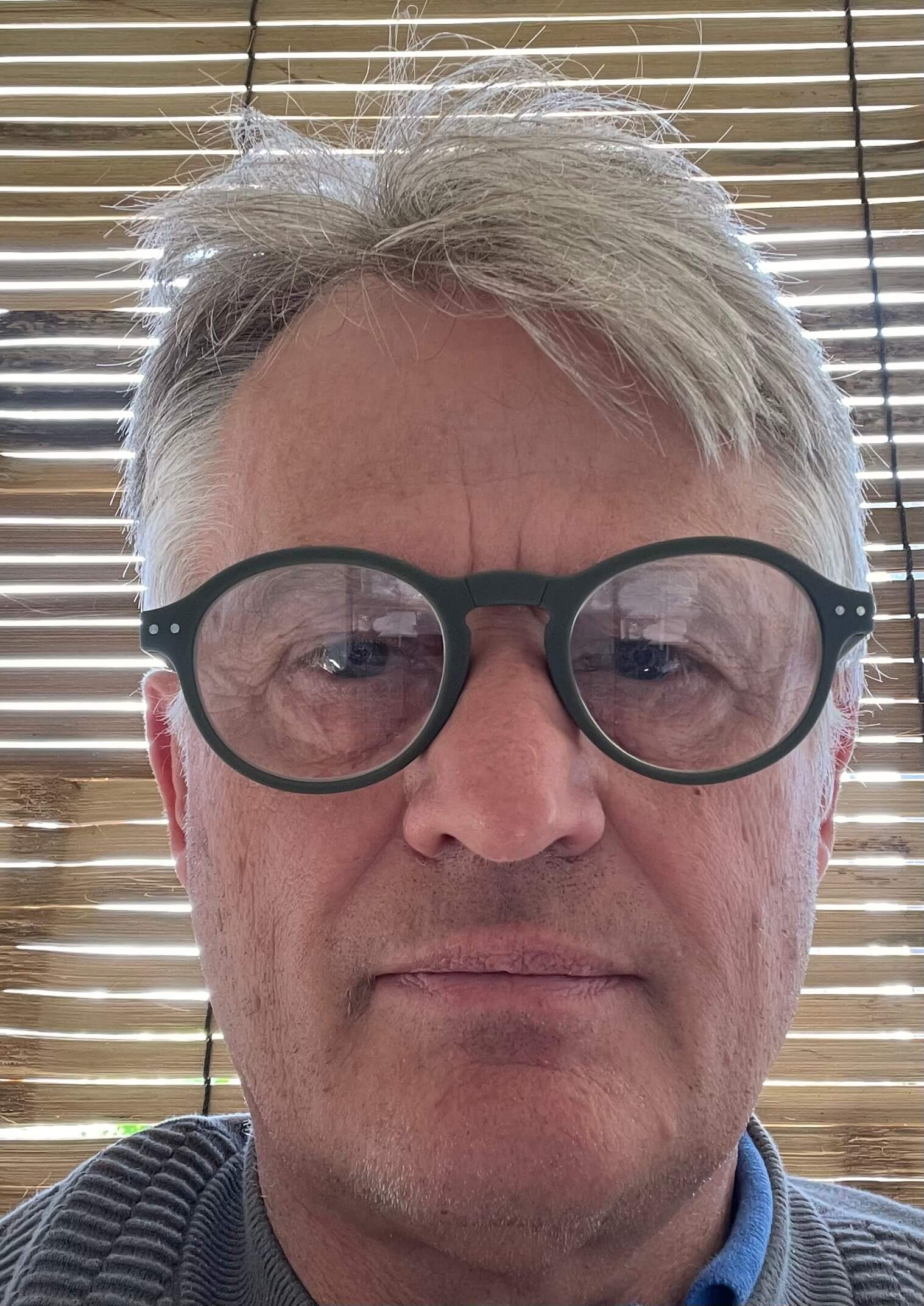









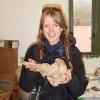





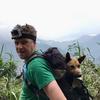






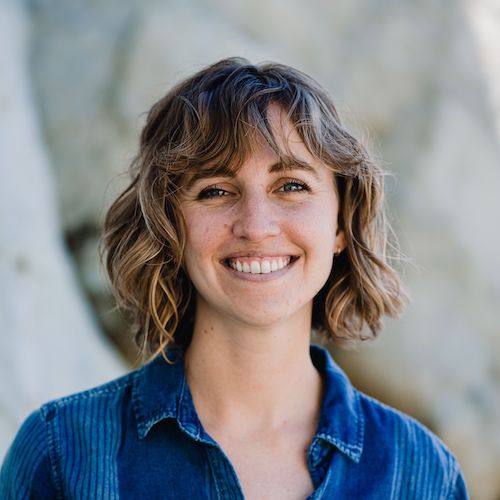





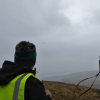









25 June 2020 6:01pm
This is a big, important question! I think having traceable DOIs for both datasets and machine learning models is a step in the right direction. GBIF is committed to this and can provide data DOIs, read more detail here and here.